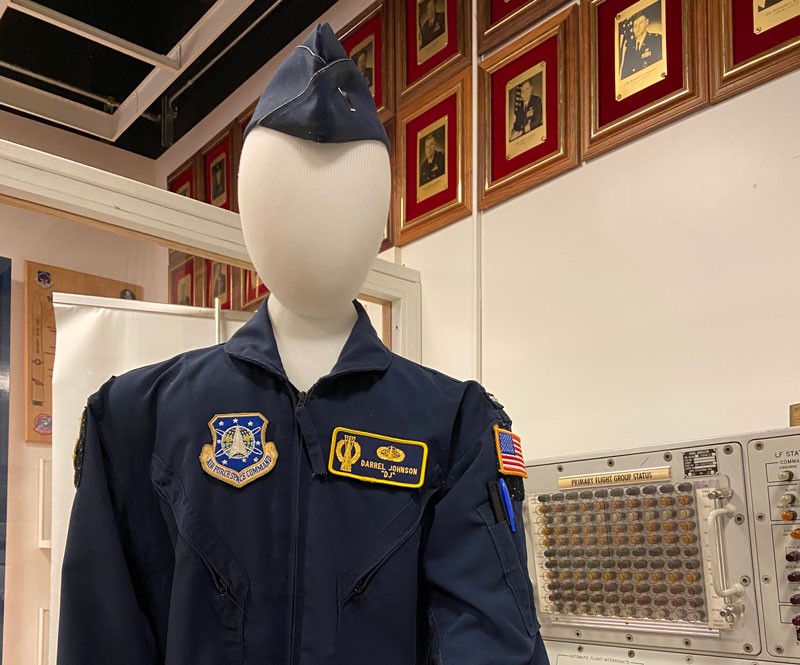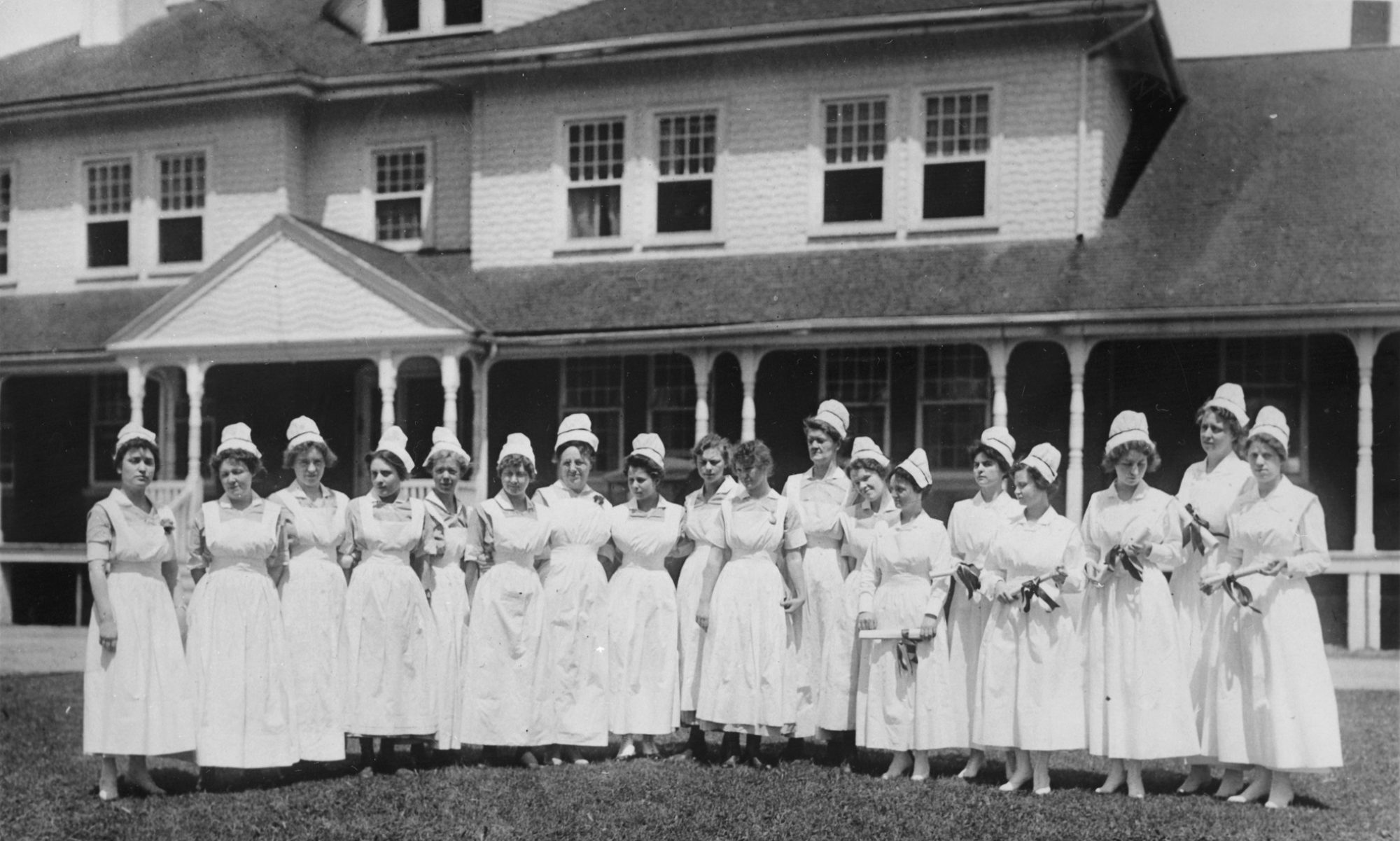December 4, 1987
The missile force’s uniforms have drastically changed since 1959. Starting with glowing-white coveralls to blue flight suits, missileers have worn a variety of uniforms since the birth of the Intercontinental Ballistic Missile (ICBM). However, it was not until October 1, 2000, that the nation’s missile force adopted the olive-drab, one-piece flight suit that many are familiar with today. Although often forgotten, the history of uniforms provides a unique look into the multiple cultural shifts that have occurred throughout ICBM history.
Uniforms are almost as old as the establishment of militaries. Since antiquity, there have been cases of soldiers attempting to dress in uniform, either for tactical or purely aesthetic reasons. For the U. S. military, the establishment of U. S. Army uniform regulations emerged as early as 1779, when the attire of U. S. soldiers mimicked the British uniforms of the late-18th century. Nonetheless, varying motives led to the implementation of uniforms throughout the centuries. In today’s military, it is best to assume that uniforms are developed and employed for three primary reasons: operational requirements, personnel uniformity, and morale (e.g. – unit patches). For the missile force, specific uniforms were not only developed to meet the unique mission requirements of operating in a Launch Control Center, but also to boost morale in a career field where it was often lacking.
With the advent of the first-generation Atlas and Titan I ICBMs, the Air Force constructed specific uniforms for its new missile force. Although the first missileers who worked outside of the ICBM network wore a variety of mix-matched uniforms, fatigues, and coveralls, the first-generation ICBM force was fortunate enough to be issued the “stiff whites,” which were white painters-style coveralls. Combat crews often wore other garments to identify what squadron they were assigned to and what asset they operated, typically in the form of ball caps, patches, and silk scarves. Undoubtedly, the first-generation ICBM uniform was meant to ensure missile operators looked distinguished, as they were making history.
By late-1967, the Air Force authorized missileers to wear the two-piece, blue fatigue uniform, a blue variant of the standard green fatigues worn by Airmen at the time. Similar to the white coveralls issued to first-generation missile crews, two-piece “blues” had the missileer’s squadron emblem and missile operator badge sewn onto the breast pockets. Missileer blue would ultimately ensure that missile operators stood apart from the rest of the branch for the next thirty-three years.
Improvements in textile technology continuously reshaped Air Force, and thus missileers’, uniforms. The development of Nomex flight suits improved the wearer’s resistance to fire, heat, and moisture, providing additional preventative safety measures for Air Force combat crews. Although flight crews were issued the olive-drab Nomex flight suit first, the Air Force authorized the missile force to wear an alternative blue flight suit on December 4, 1987. This new uniform, unofficially deemed the “Blue Bag,” provided advanced safety measures for missile crews in case of fire or water egress in the Launch Control Centers. Culturally, it continued the long-standing trend of distinguishing the missileers from their contemporaries.

For 41 years, the Air Force’s missileers were issued their own special uniform. Blue uniforms allowed them to stand out in a sea of olive-drab and camouflage, letting the nation know who was standing guard at all times, providing nuclear deterrence. However, the Air Force discontinued the “Blue Bag” October 1, 2000, and required the missile force to adopt the olive-drab flight suit worn by flight crews. The demand for uniformity outweighed the concept of accentuating the nation’s missile force, as the Air Force has, and always will, be “one team, one fight.” While today’s missileers blend in with the rest of the Air Force’s “bag wearers,” one can still identify a missileer by the missile badge on their uniform.
